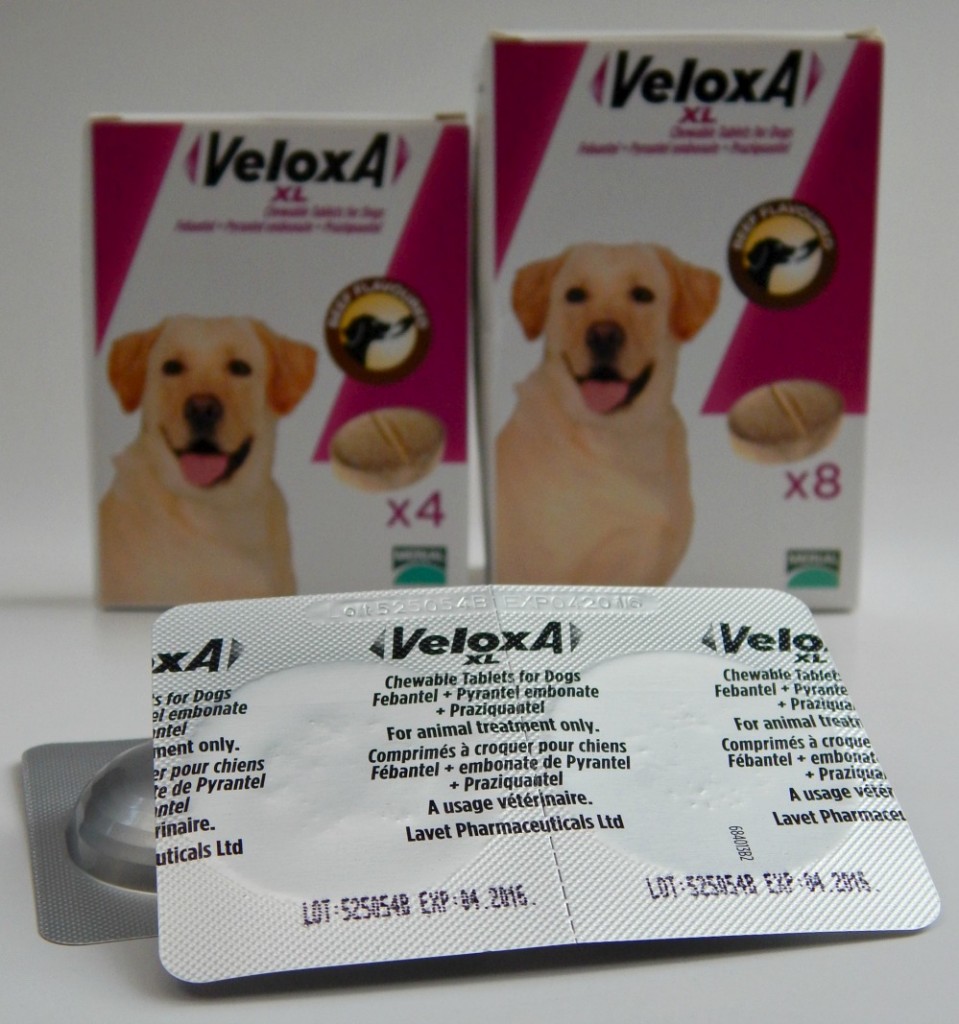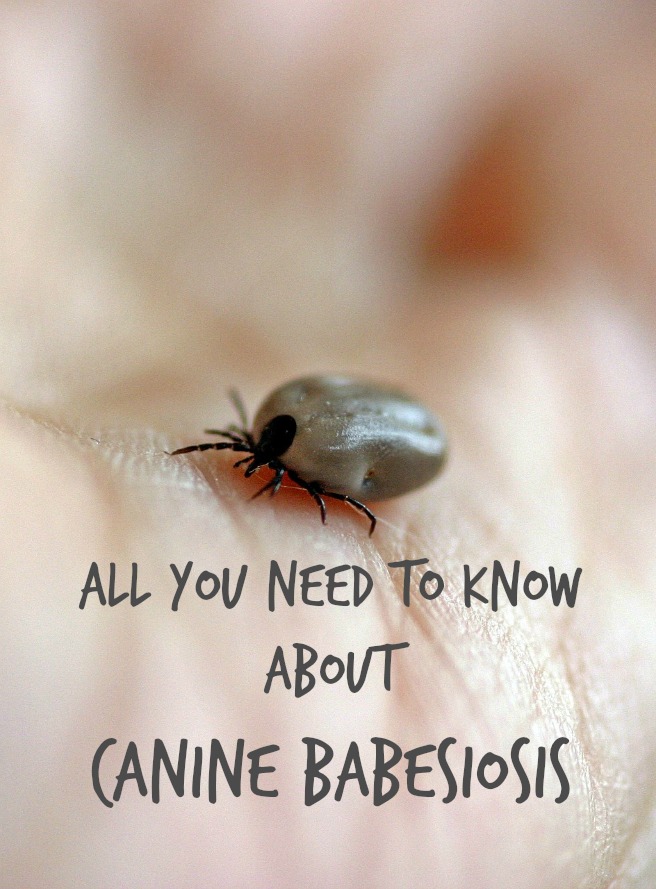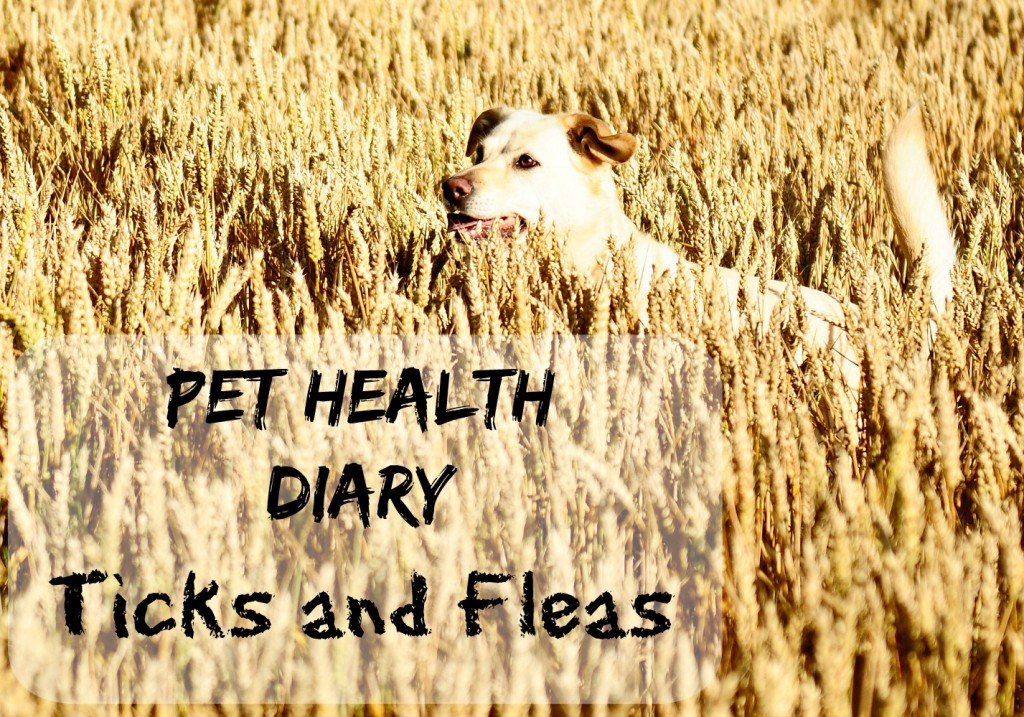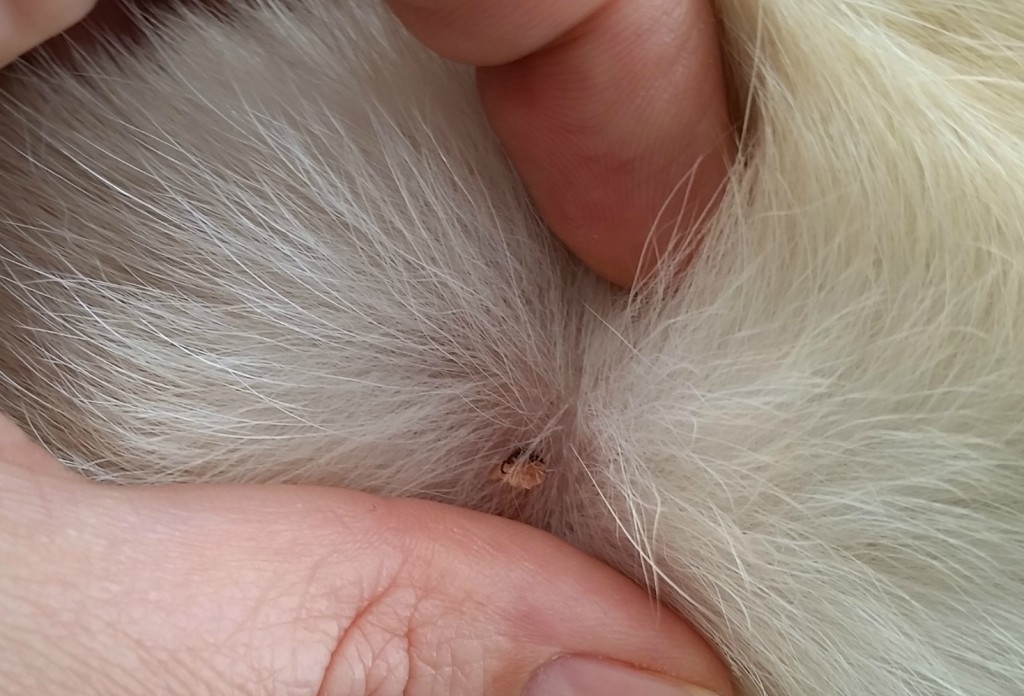 A new month can only mean one thing, yes a new chapter on pet health. I am supposed to write this month’s post about skin, coat and nails but instead I have decided to talk about the importance of worming; it kind of ties together with my previous posts about body mass.
A new month can only mean one thing, yes a new chapter on pet health. I am supposed to write this month’s post about skin, coat and nails but instead I have decided to talk about the importance of worming; it kind of ties together with my previous posts about body mass.
We all know about worming but what a lot of people simply don’t understand is why we should worm our pets. It might sound like a bold statement but I have talked to many dog owners and hardly anyone understands the need of worming.
So should you or shouldn’t you worm your pets?
Of course you should.
Even a healthy looking, well cared for pet can get infected with worms.
There are many different ways for your pet to get infected: from an infected nursing mother (this is why puppies have to be wormed more often than adult dogs), through contaminated drinking water or contact with infected animals or their faeces, by eating infected meat (aka road kill) or accidently swallowing an infected flea (yes, fleas can carry worms too this is why it is extremely important to regularly use a flea preventing treatment like Frontline).
There are two main types of worm that can affect dogs: roundworms and tapeworms.
Roundworm is the most common worm and most puppies are born with it. This is also the one that can easily pass to humans. They look like strands of spaghetti and can reach up to 20cm in length.
Tapeworms have distinctive, flat segments and are found in the dog’s intestines. They can cause irritation around the anal region causing dogs to ‘scoot’ along the ground. Tapeworm eggs need to be eaten by an intermediate host, such as a flea, and when a dog swallows the host he becomes infected. Tapeworm can pose a risk to humans too.
In addition to these two specimens pets can also get infected with hookworm or whipworm as well as heartworms or ringworms (this actually isn’t a worm but a fungus which effects the skin).
All worms cause health risks, not only to your dog, but to other dogs, cats and pets in general and to people too — this is why it is so important to worm your dog regularly.
Main symptoms of your pet being infected by worms include:
- Worms in faeces or vomit
- Diarrhoea
- Weight loss
- Vomiting
- Bottom scooting
- Hunger
- Flaky skin and dull looking coat
When untreated this can cause breathing difficulties, recurring infections as well as general weakness and swelling of limbs.
When it comes to worms it is much easier to prevent them than end up combating the worms later on. Worming is easy, pain free and in most cases hassle free for both you and your pet.
It is recommended to treat adult dogs every three months. The frequency may have to be amended if your dog “hunts” a lot or meets a lot of “shady” characters on your daily walks 😉
There are a lot of worming tablets on the market. Pick one from a recommended source, which will match your dog requirements and when in doubt consult your vet. Try to buy them from the vet or a pet store and avoid auction sites. (Don’t get me wrong I love eBay, Gumtree etc but when it comes to meds I would rather be on the safe side than saving a few pennies).
We used to use Drontal but lately I was introduced to VeloxA. Drontal XL are great but having a giant breed means I need two large pills and “serving” tablets to pets isn’t always an easy and straightforward job. VeloxA resolved this problem by offering chewable and flavoured tablets. Now worming couldn’t be easier! They literally eat it out of your hand.
Was your pet ever infected by worms?
Do you worm your pet regularly?

 Ticks can be found anywhere your pet goes, not just the obvious high risk places such as forests, heathland, and grassy areas but also in urban playgrounds, parks and even your back garden. Therefore, it’s important to take action to protect your pet.
Ticks can be found anywhere your pet goes, not just the obvious high risk places such as forests, heathland, and grassy areas but also in urban playgrounds, parks and even your back garden. Therefore, it’s important to take action to protect your pet.

